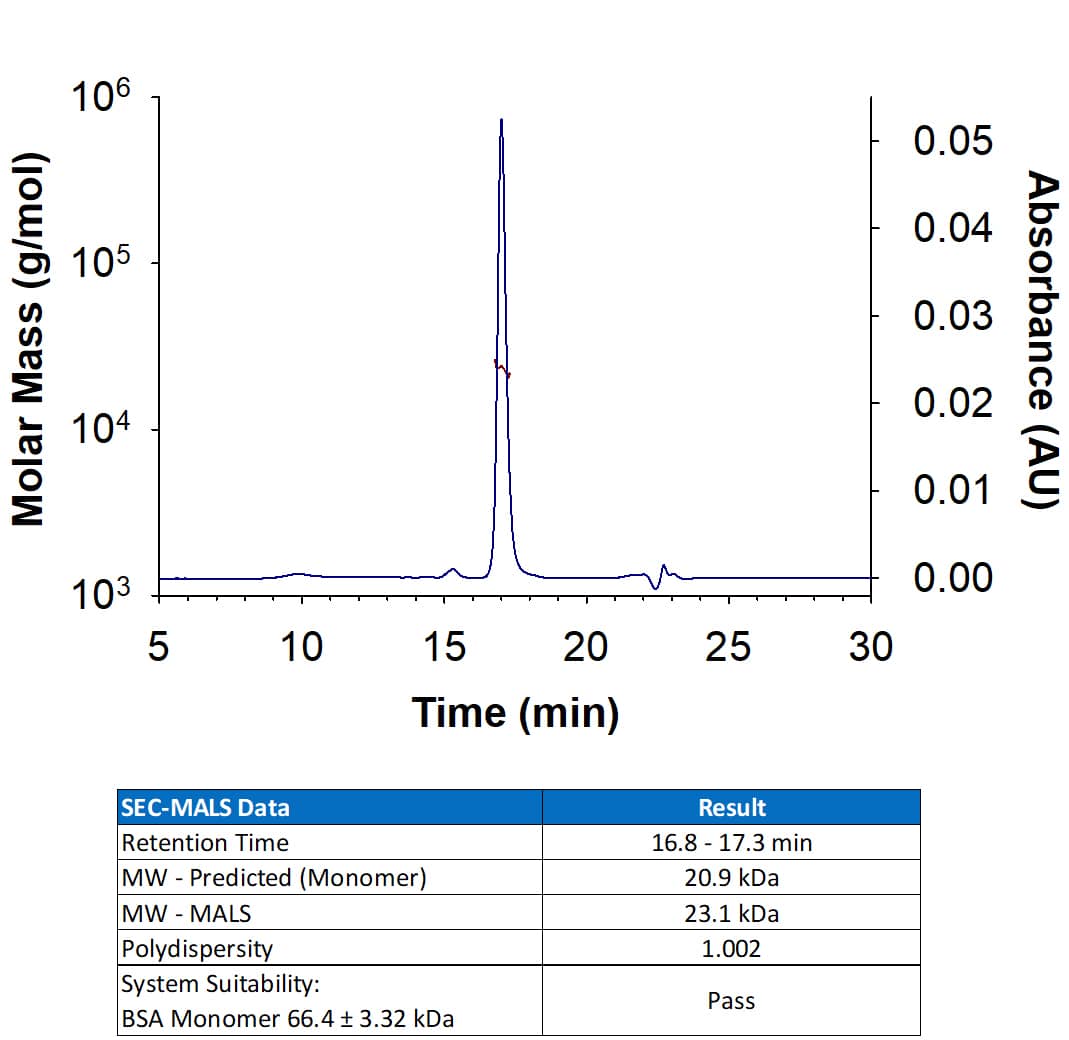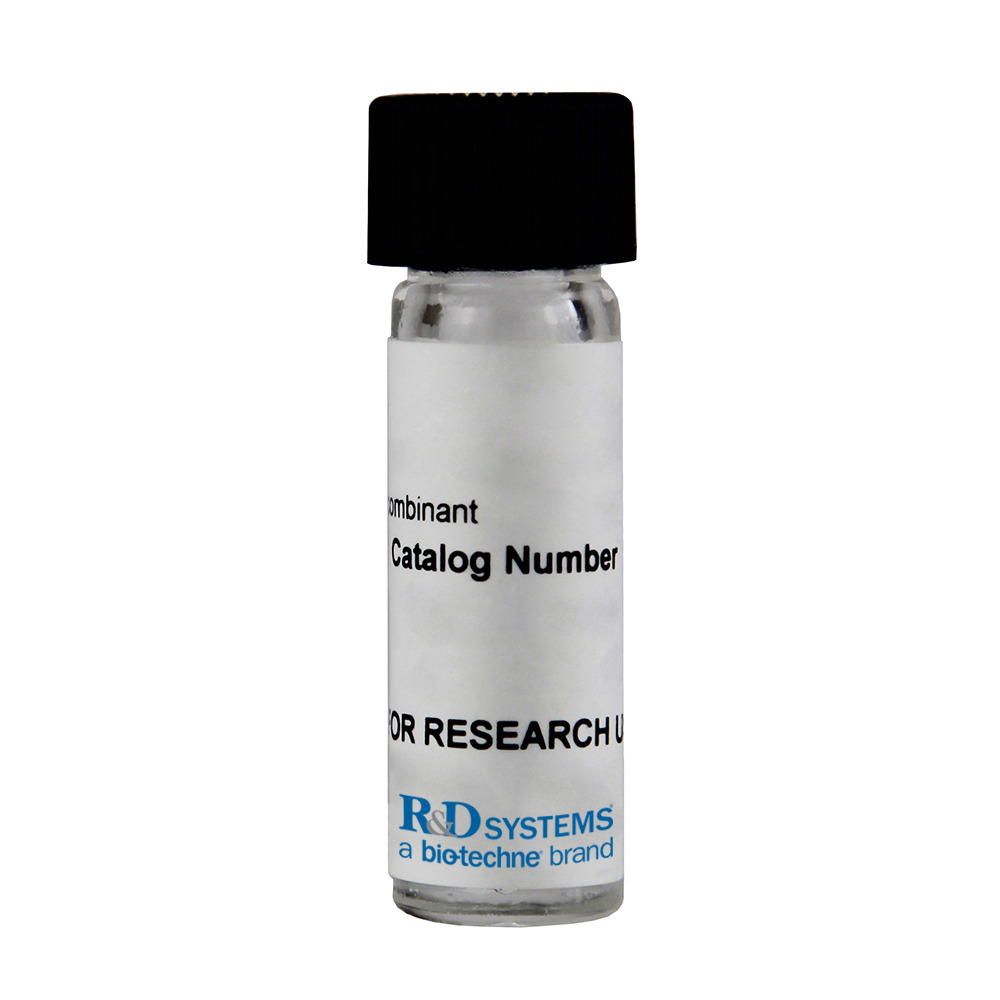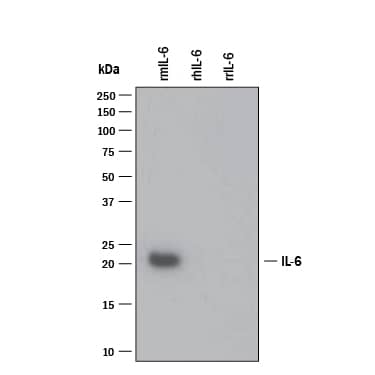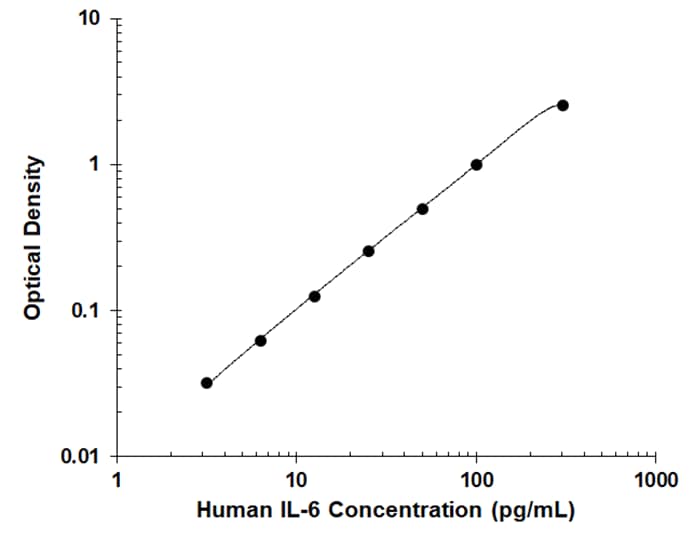Mouse/Rat IL-6 ELISpot Kit Summary
* Provided that the recommended microplates, buffers, diluents, substrates and solutions are used, and the assay is run as summarized in the Assay Procedure provided.
ELISpot kits are highly sensitive, microplate-based assays for the detection of cytokine secreting cells. This kit is designed for the detection and enumeration of mouse/rat IL-6. Complete ELISpot kits are ready-to-run and require no assay development or refinement.
This ELISpot assay employs a capture antibody specific for mouse/rat IL-6, pre-coated onto a PVDF-backed microplate. Appropriately stimulated cells are pipetted directly into the wells and the immobilized antibody in the immediate vicinity of the secreting cells binds secreted mouse/rat IL-6. Following wash steps and incubation with a biotinylated detection antibody, alkaline-phosphatase conjugated to streptavidin is added. Unbound enzyme is subsequently removed by washing and a substrate solution (BCIP/NBT) is added. A blue-black colored precipitate forms at the sites of cytokine localization and appears as spots, with each individual spot representing an individual mouse/rat IL-6 secreting cell. The spots can be counted with an automated ELISpot reader system or manually using a stereomicroscope.
- Detect and quantitate individual cells secreting mouse/rat IL-6
- High sensitivity - ELISpot assays can measure responses with frequencies well below 1 in 100,000 cells
- No in vitro expansion of cells required
- High-throughput - ELISpot assays use only a small number of primary cells
- Mouse/rat IL-6 Microplate
- Biotinylated Detection Antibody
- Streptavidin conjugated to Alkaline Phosphatase
- Dilution Buffers
- Wash Buffer Concentrate
- BCIP/NBT Chromogen
- Mouse/rat IL-6 Positive Control
- Pipettes and pipette tips
- Deionized or distilled water
- Squirt bottle, manifold dispenser, or automated microplate washer
- 500 mL graduated cylinder
- 37 °C CO2 incubator
- Sterile culture media
- Dissection microscope or an automated ELISpot reader
Customers also Viewed
Product Datasheets
Preparation and Storage
Background: IL-6
Interleukin 6 (IL-6) is a pleiotropic, a-helical, 22-28 kDa phosphorylated and variably glycosylated cytokine that plays important roles in the acute phase reaction, inflammation, hematopoiesis, bone metabolism, and cancer progression. Mature human IL-6 is 183 amino acids (aa) in length and shares 39% aa sequence identity with mouse and rat IL-6. Alternative splicing generates several isoforms with internal deletions, some of which exhibit antagonistic properties. Cells known to express IL-6 include CD8+ T cells, fibroblasts, synoviocytes, adipocytes, osteoblasts, megakaryocytes, endothelial cells (under the influence of endothelins), sympathetic neurons, cerebral cortex neurons, adrenal medulla chromaffin cells, retinal pigment cells, mast cells, keratinocytes, Langerhans cells, fetal and adult astrocytes, neutrophils, monocytes, eosinophils, colonic epithelial cells, B1 B cells and pancreatic islet beta cells. IL-6 production is generally correlated with cell activation and is normally kept in control by glucocorticoids, catecholamines, and secondary sex steroids. Normal human circulating IL-6 is in the 1 pg/mL range, with slight elevations during the menstrual cycle, modest elevations in certain cancers, and large elevations after surgery.
IL-6 induces signaling through a cell surface heterodimeric receptor complex composed of a ligand binding subunit (IL-6 R alpha) and a signal transducing subunit (gp130). IL-6 binds to IL-6 Ra, triggering IL-6 Ra association with gp130 and gp130 dimerization. gp130 is also a component of the receptors for CLC, CNTF, CT-1, IL-11, IL-27, LIF, and OSM. Soluble forms of IL-6 Ra are generated by both alternative splicing and proteolytic cleavage. In a mechanism known as trans-signaling, complexes of soluble IL-6 and IL-6 Ra elicit responses from gp130-expressing cells that lack cell surface IL-6 Ra. Trans-signaling enables a wider range of cell types to respond to IL-6, as the expression of gp130 is ubiquitous, while that of IL-6 Ra is predominantly restricted to hepatocytes, monocytes, and resting lymphocytes. Soluble splice forms of gp130 block trans-signaling from IL-6/IL-6 Ra but not from other cytokines that use gp130 as a co-receptor.
IL-6, along with TNF-a and IL-1, drives the acute inflammatory response. IL-6 is almost solely responsible for fever and the acute phase response in the liver, and it is important in the transition from acute inflammation to either acquired immunity or chronic inflammatory disease. When dysregulated, it contributes to chronic inflammation in conditions such as obesity, insulin resistance, inflammatory bowel disease, arthritis, and sepsis. IL-6 modulates bone resorption and is a major effector of inflammatory joint destruction in rheumatoid arthritis through its promotion of Th17 cell development and activity. It contributes to atherosclerotic plaque development and destabilization as well as the development of inflammation-associated carcinogenesis.
Citation for Mouse/Rat IL-6 ELISpot Kit
R&D Systems personnel manually curate a database that contains references using R&D Systems products. The data collected includes not only links to publications in PubMed, but also provides information about sample types, species, and experimental conditions.
1 Citation: Showing 1 - 1
-
Carbon dioxide inhalation causes pulmonary inflammation.
Authors: Abolhassani M, Guais A, Chaumet-Riffaud P, Sasco AJ, Schwartz L
Am. J. Physiol. Lung Cell Mol. Physiol., 2009-01-09;296(4):L657-65.
Species: Human
Sample Types: Cell Culture Supernates
FAQs
No product specific FAQs exist for this product, however you may
View all ELISpot and FluoroSpot Kit FAQsSupplemental ELISA Products
Reviews for Mouse/Rat IL-6 ELISpot Kit
There are currently no reviews for this product. Be the first to review Mouse/Rat IL-6 ELISpot Kit and earn rewards!
Have you used Mouse/Rat IL-6 ELISpot Kit?
Submit a review and receive an Amazon gift card.
$25/€18/£15/$25CAN/¥75 Yuan/¥2500 Yen for a review with an image
$10/€7/£6/$10 CAD/¥70 Yuan/¥1110 Yen for a review without an image






















